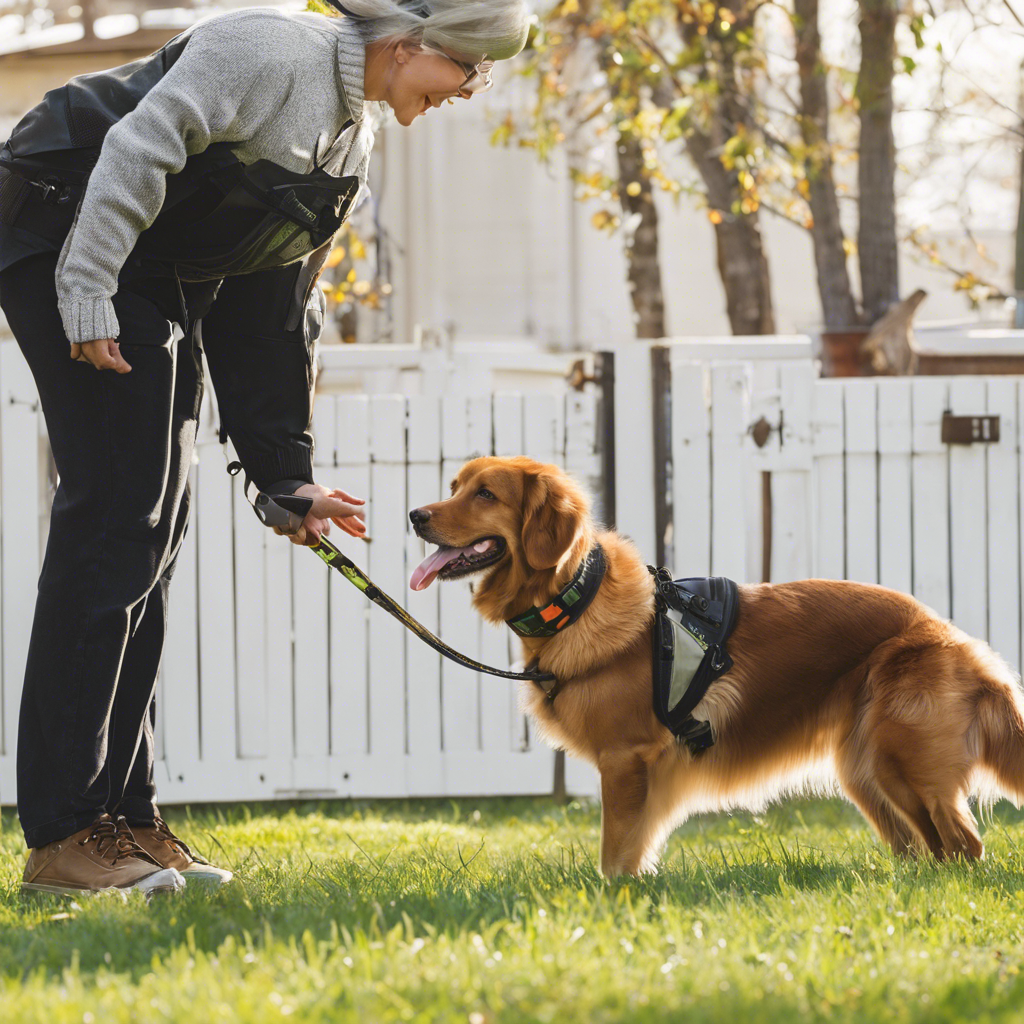# Operant Conditioning in Dog Training: Unlocking Your Canine’s True Potential
Operant conditioning is a powerful tool in the world of dog training, offering an effective and scientifically-backed approach to shape your dog’s behavior. This method, rooted in behavioral psychology, focuses on the relationship between a dog’s actions and the consequences that follow, providing a clear and structured framework for learning and development. By applying this technique, trainers can unlock their dog’s full potential and foster a well-behaved, happy companion.
**Understanding the Basics**
At its core, operant conditioning revolves around the concept of consequences influencing future behavior. When a dog performs a desired action, positive reinforcement, such as treats or praise, follows, increasing the likelihood of that behavior recurring. Conversely, behaviors followed by negative consequences, like ignoring or redirecting, will decrease over time. This simple yet potent principle forms the foundation of this training method. The key lies in consistently associating specific actions with immediate and meaningful outcomes.
**The Four Quadrants of Operant Conditioning**
This training philosophy operates within four distinct quadrants: positive reinforcement, negative reinforcement, positive punishment, and negative punishment. Positive reinforcement focuses on rewarding good behavior, while negative reinforcement involves removing something unpleasant after a desired action. Positive punishment adds an aversive stimulus to discourage unwanted behavior, and negative punishment entails taking away a pleasant stimulus. Understanding these quadrants is crucial for trainers to apply the appropriate techniques effectively and ethically.
**Application in Training**
In practice, operant conditioning can transform dog training sessions. For example, using a clicker to mark good behavior and following it with a treat (positive reinforcement) can teach commands like ‘sit’ or ‘stay’. If a dog pulls on the leash, stopping the walk (negative punishment) can teach loose-leash walking. These techniques, when applied consistently and fairly, can produce remarkable results.
The beauty of operant conditioning lies in its adaptability to various training scenarios. Whether teaching basic manners or advanced tricks, the principles remain the same. By clearly communicating what behaviors are desired and undesired, dogs can learn quickly and effectively.
**Advantages and Considerations**
This training method encourages active learning and problem-solving in dogs, fostering a deeper bond between pets and their owners. However, it requires patience, consistency, and a strong understanding of canine behavior. Trainers must be mindful to avoid reinforcing unwanted behaviors inadvertently and ensure that punishment is never harsh or harmful.
In conclusion, operant conditioning is a highly effective tool in a dog trainer’s arsenal, offering a clear and structured approach to behavior modification. It empowers trainers to communicate effectively with their dogs, leading to a well-trained and happy canine companion. As with any training method, it demands dedication and respect for the animal’s welfare, but the rewards are well worth the effort.
By incorporating operant conditioning principles, dogs can become well-mannered members of society, enriching the lives of their owners and the community.

